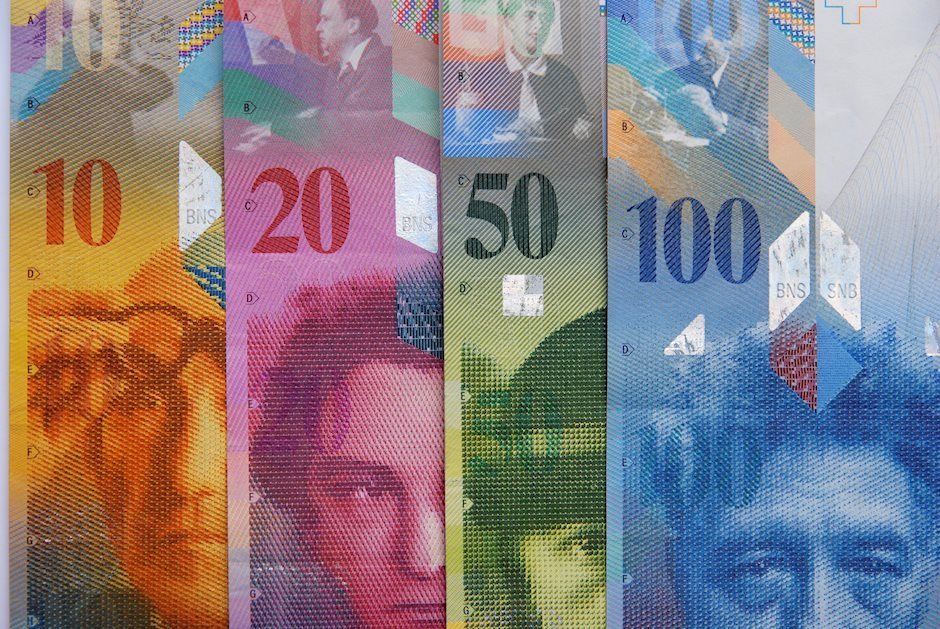USD/CHF Price Analysis: Consolidates below 0.9000 as focus shifts to US Inflation
- USD/CHF trades back and forth below 0.9000 with US inflation in focus.
- US core inflation is estimated to have risen steadily in June.
- Easing Swiss inflation has boosted expectations of more SNB rate cuts.

The USD/CHF pair trades sideways slightly below the psychological resistance of 0.9000 in Wednesday’s European session. The Swiss Franc asset struggles for a direction as investors await the United States (US) Consumer Price Index (CPI) data for June, which will be published on Thursday.
The US CPI report is expected to show that the core CPI, which excludes volatile food and energy prices, rose steadily by 0.2% and 3.4% on monthly and an annual basis. Monthly headline inflation is expected to have grown by 0.1% after remaining unchanged previously. While the annual figure is estimated to have decelerated to 3.1% from May’s reading of 3.3%.
A scenario in which price pressures remain sticky or hot would ease expectations for rate cuts in September. On the contrary, soft numbers will boost them.
Meanwhile, the near-term appeal of the Swiss Franc remains uncertain as cooling inflationary pressures have boosted expectations of more rate cuts by the Swiss National Bank (SNB). Swiss annual CPI rose at a slower pace of 1.3% in June from estimates and the prior release of 1.4%.
USD/CHF trades in a Falling Channel chart pattern on a daily timeframe in which each pullback is considered as selling opportunity by market participants. The Swiss Franc asset finds cushion near 200-day Exponential Moving Average (EMA) around 0.8950, suggesting that a bullish long-trend is intact.
The 14-day Relative Strength Index (RSI) oscillates in the 40.00-60.00 range, suggesting indecisiveness among investors.
Going forward, a decisive upside above June 3 high at 0.9036will drive the asset towards May 28 low at 0.9086, followed by May 30 high at 0.9140.
On the flip side, the asset would expose to downside if it breaks below June 4 low of 0.8900. This would drag the asset towards March 21 low at 0.8840 and the round-level support of 0.8800.
USD/CHF daily chart
Swiss Franc FAQs
The Swiss Franc (CHF) is Switzerland’s official currency. It is among the top ten most traded currencies globally, reaching volumes that well exceed the size of the Swiss economy. Its value is determined by the broad market sentiment, the country’s economic health or action taken by the Swiss National Bank (SNB), among other factors. Between 2011 and 2015, the Swiss Franc was pegged to the Euro (EUR). The peg was abruptly removed, resulting in a more than 20% increase in the Franc’s value, causing a turmoil in markets. Even though the peg isn’t in force anymore, CHF fortunes tend to be highly correlated with the Euro ones due to the high dependency of the Swiss economy on the neighboring Eurozone.
The Swiss Franc (CHF) is considered a safe-haven asset, or a currency that investors tend to buy in times of market stress. This is due to the perceived status of Switzerland in the world: a stable economy, a strong export sector, big central bank reserves or a longstanding political stance towards neutrality in global conflicts make the country’s currency a good choice for investors fleeing from risks. Turbulent times are likely to strengthen CHF value against other currencies that are seen as more risky to invest in.
The Swiss National Bank (SNB) meets four times a year – once every quarter, less than other major central banks – to decide on monetary policy. The bank aims for an annual inflation rate of less than 2%. When inflation is above target or forecasted to be above target in the foreseeable future, the bank will attempt to tame price growth by raising its policy rate. Higher interest rates are generally positive for the Swiss Franc (CHF) as they lead to higher yields, making the country a more attractive place for investors. On the contrary, lower interest rates tend to weaken CHF.
Macroeconomic data releases in Switzerland are key to assessing the state of the economy and can impact the Swiss Franc’s (CHF) valuation. The Swiss economy is broadly stable, but any sudden change in economic growth, inflation, current account or the central bank’s currency reserves have the potential to trigger moves in CHF. Generally, high economic growth, low unemployment and high confidence are good for CHF. Conversely, if economic data points to weakening momentum, CHF is likely to depreciate.
As a small and open economy, Switzerland is heavily dependent on the health of the neighboring Eurozone economies. The broader European Union is Switzerland’s main economic partner and a key political ally, so macroeconomic and monetary policy stability in the Eurozone is essential for Switzerland and, thus, for the Swiss Franc (CHF). With such dependency, some models suggest that the correlation between the fortunes of the Euro (EUR) and the CHF is more than 90%, or close to perfect.
Author

Sagar Dua
FXStreet
Sagar Dua is associated with the financial markets from his college days. Along with pursuing post-graduation in Commerce in 2014, he started his markets training with chart analysis.


















